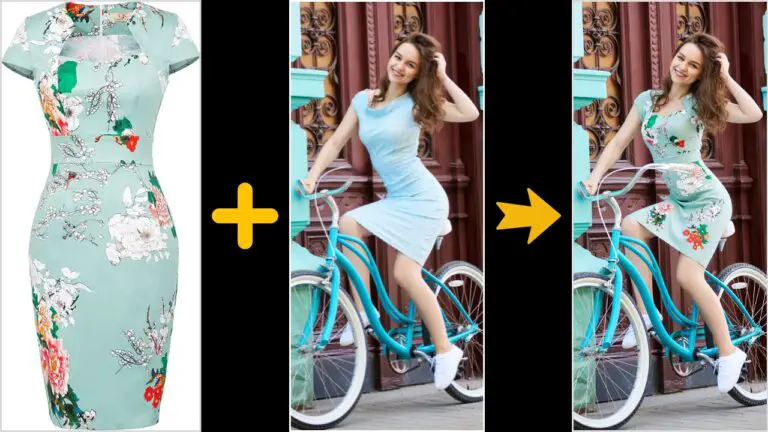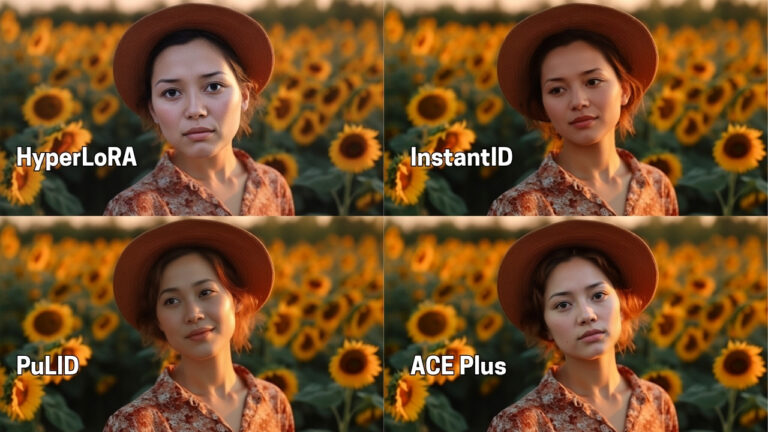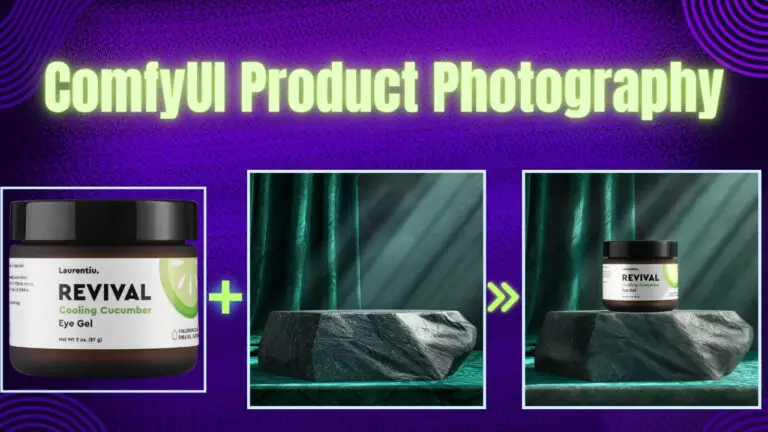Flux Kontext vs Qwen and Nano Banana for Head/Face Swaps
In recent times, a surge of image editing models like GPT, Flux Kontext, Qwen, and Nano Banana has made it increasingly difficult to choose the right tool for specific tasks. Each model offers unique capabilities and advantages, particularly when it comes to image manipulation tasks like head and face swaps. With so many options on the market, it can be overwhelming to decide which one best fits your needs.
This article will focus specifically on comparing the head and face swap features within ComfyUI using two tools: Qwen and Nano Banana. Both of these models offer distinct approaches to swapping heads in images, and by diving into how they perform in a real-world workflow, you’ll gain a better understanding of which model might be the most suitable for your needs.
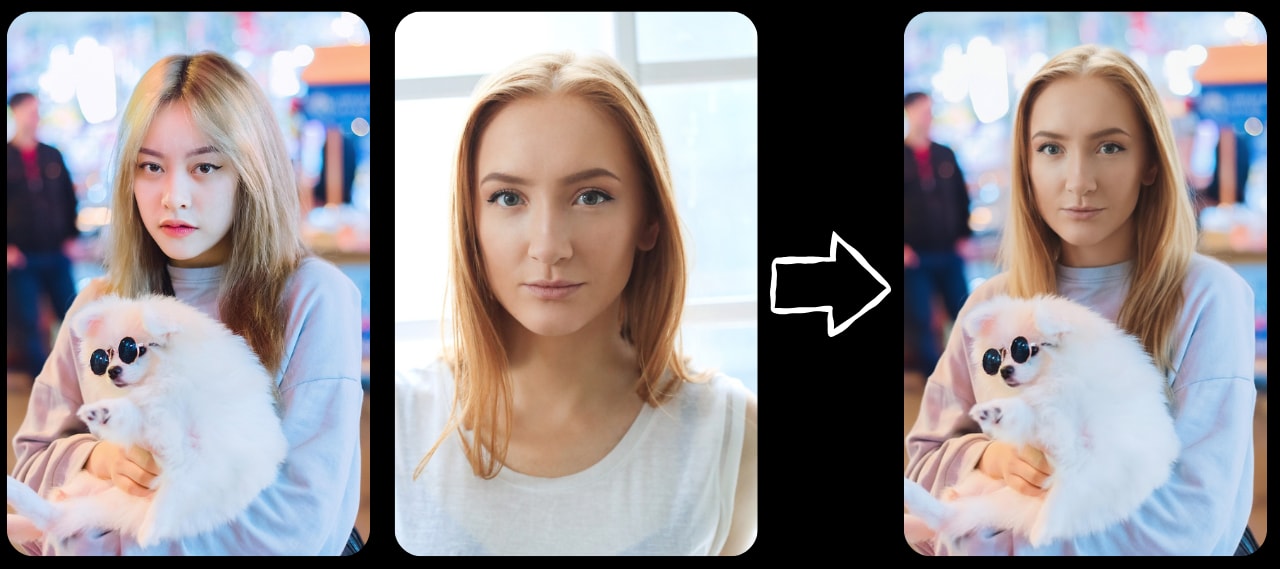
We’ll explore these tools in detail, compare their results, and see how they measure up against Flux Kontext, another popular image-editing model.
Video Tutorial:
Gain exclusive access to advanced ComfyUI workflows and resources by joining our community now!
Here’s a mind map illustrating all the premium workflows: https://myaiforce.com/mindmap
Run ComfyUI with Pre-Installed Models and Nodes: https://youtu.be/T4tUheyih5Q
Walkthrough of Head Swap with Qwen and Nano Banana
Setting Up the Workflow in ComfyUI
To begin with, we need to establish a proper workflow for performing a head swap within ComfyUI using Qwen and Nano Banana. The goal is to take a portrait and replace the head with another one, which requires a series of steps to ensure that the final result is clean and realistic. The first task is preparing the image by isolating the head we want to swap.
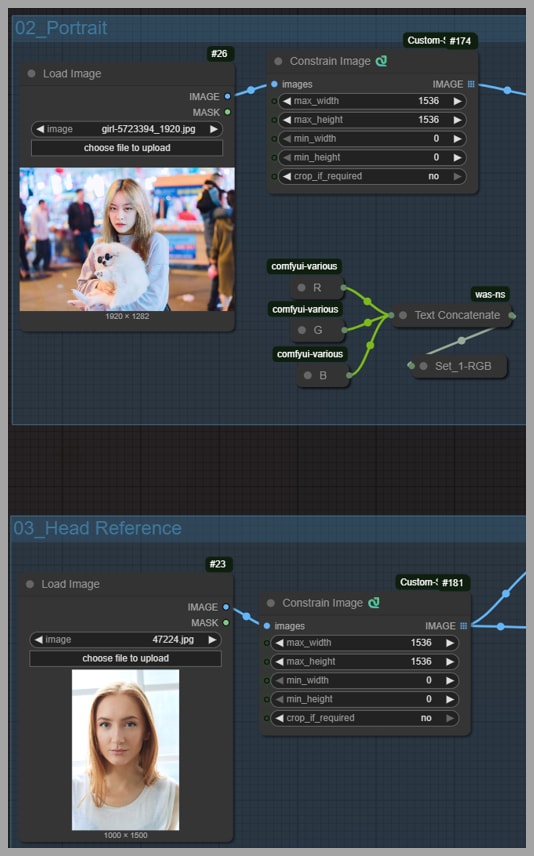
In ComfyUI, we use specific nodes that control the process. The initial step involves selecting the area where the head will be swapped. This is indicated by a large blue patch covering the original head. This area defines the region where the swap will occur and serves as a guide for the AI during processing.
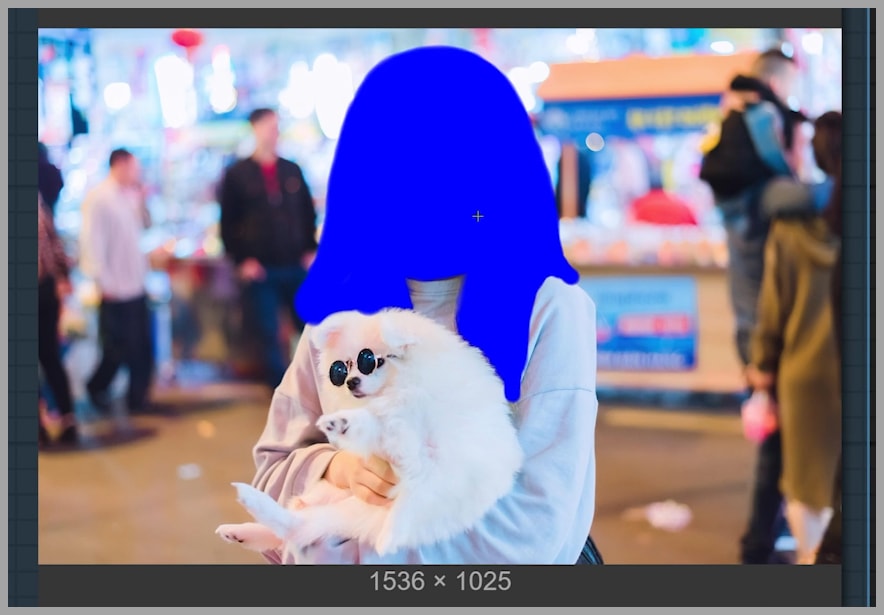
Handling Blue Patches and Node Functions
Once the area to be swapped is highlighted, the next step is isolating the head itself. We use Group 3 nodes to capture just the head area, ensuring that only the face and hair are considered in the swap process.
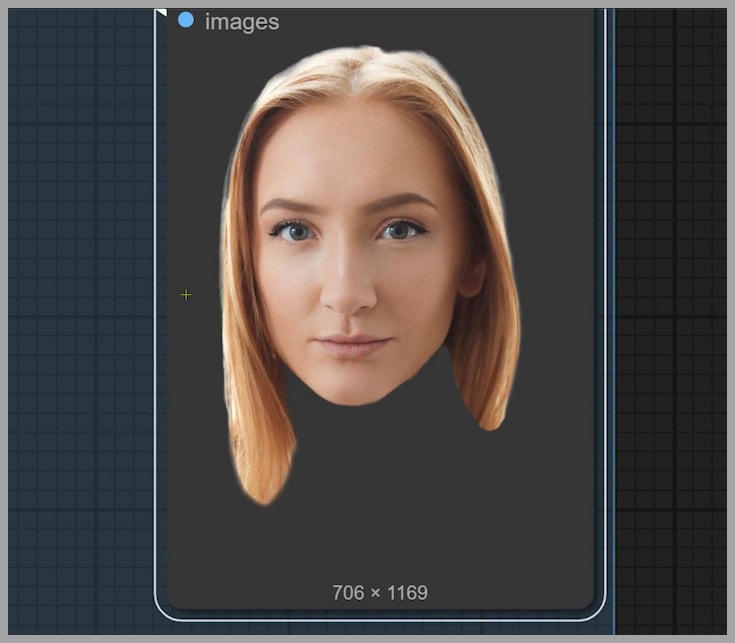
Following that, Group 4 has a node that helps place the head in the correct spot, adjusting its positioning within the new portrait.
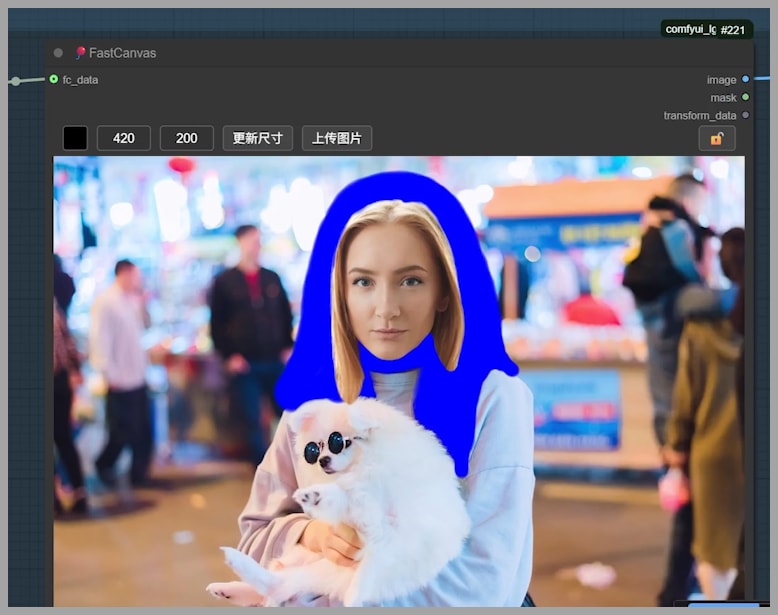
During the workflow, blue patches around the head image are crucial for the AI to cleanly isolate the face and hair. These blue areas provide the model with space to perform more accurate editing, especially when dealing with hair, which is often difficult to isolate.
Editing and Cleaning the Head Image
At this point, we turn our attention to refining the head image itself. The AI focuses on cleaning up the areas around the hair and face. The blue patches are particularly helpful here, as they allow the model to work around the hairline and ensure a smooth transition between the swapped head and the original body.
While ComfyUI handles most of the cleaning process, some manual adjustments may still be necessary. The “Preview Bridge” node is used to pop into the mask editor, where you can fine-tune the mask, making sure it perfectly matches the area around the head.
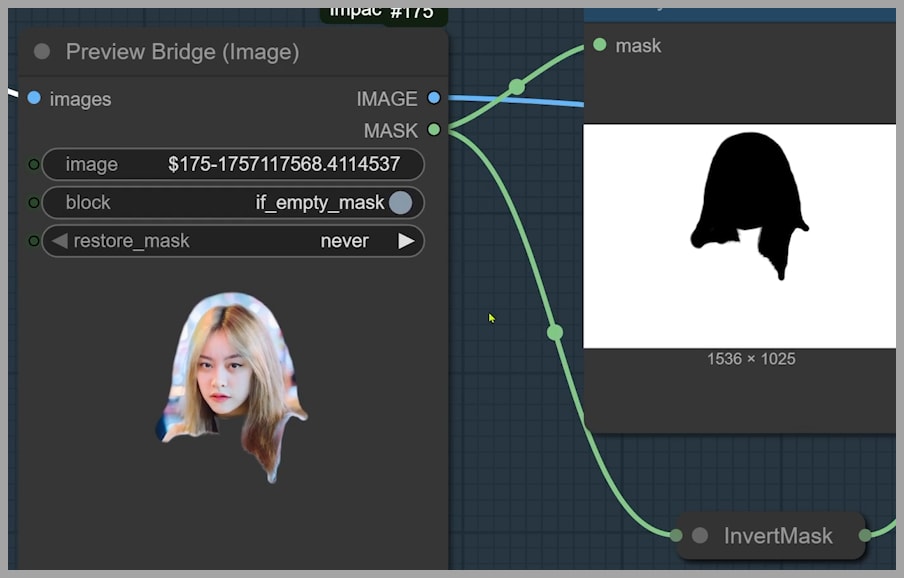
Processing Images with Qwen and Nano Banana
Now that we have the isolated head image ready, we can begin processing it with Qwen and Nano Banana. For Qwen, we use the “TextEncodeQwenImageEdit” node, which requires two inputs: the image to be edited and a text prompt describing the desired edits.
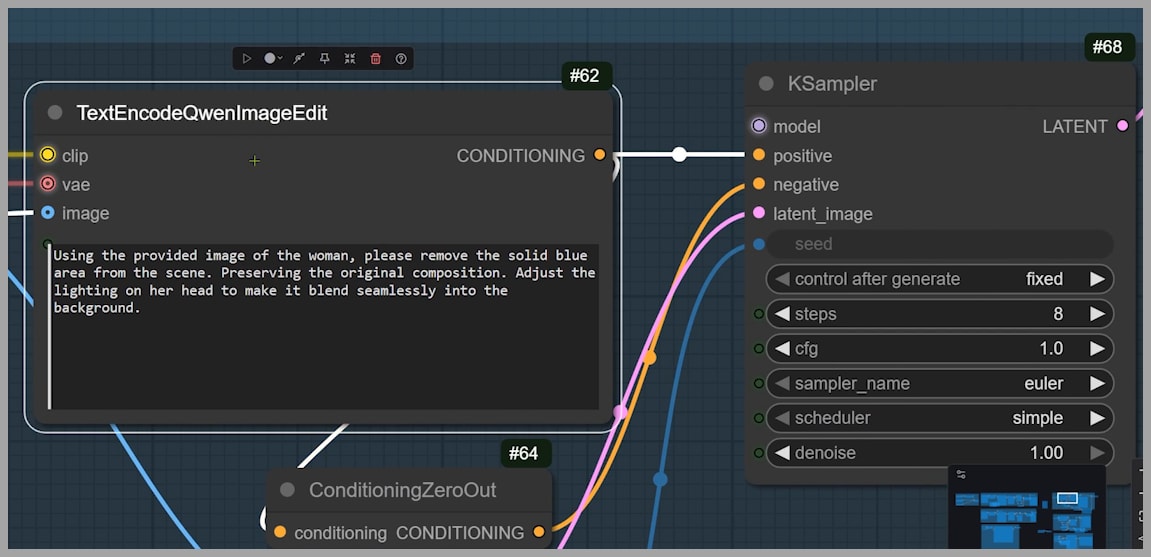
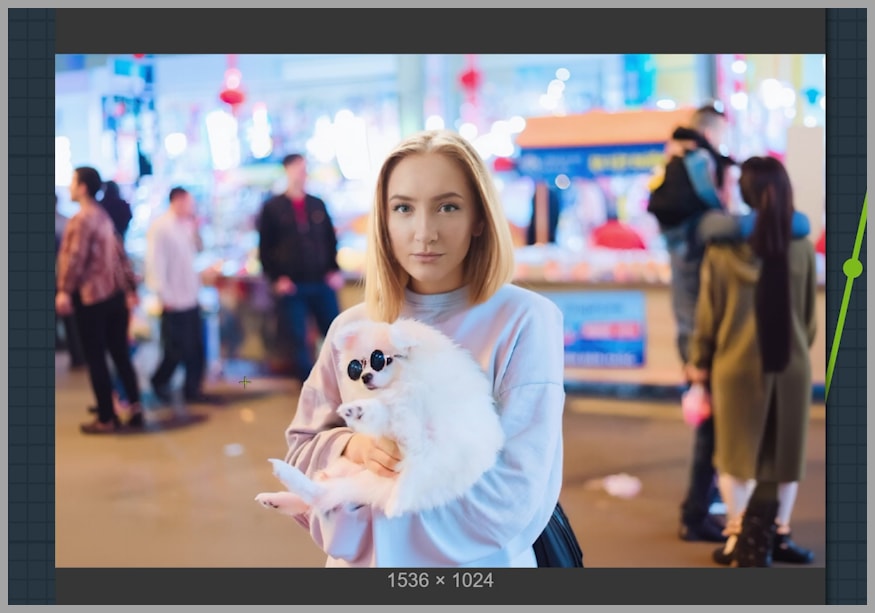
A LoRA can be added for maintaining the overall structure and style of the composition.
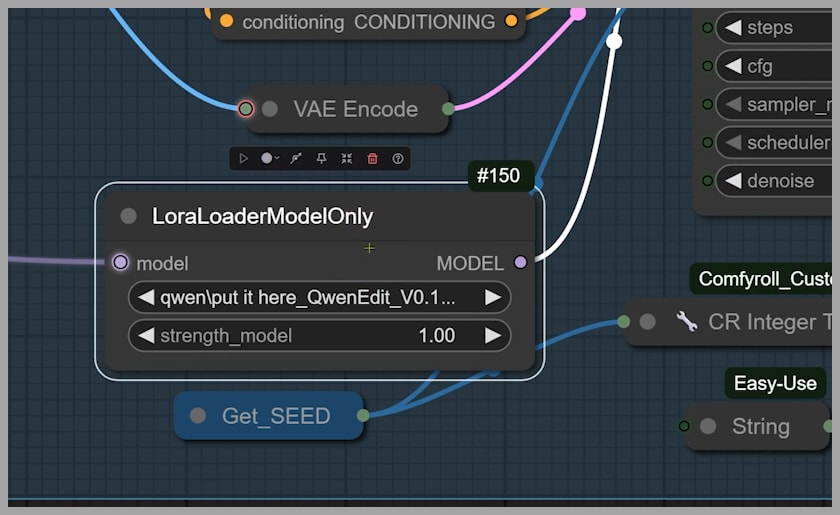
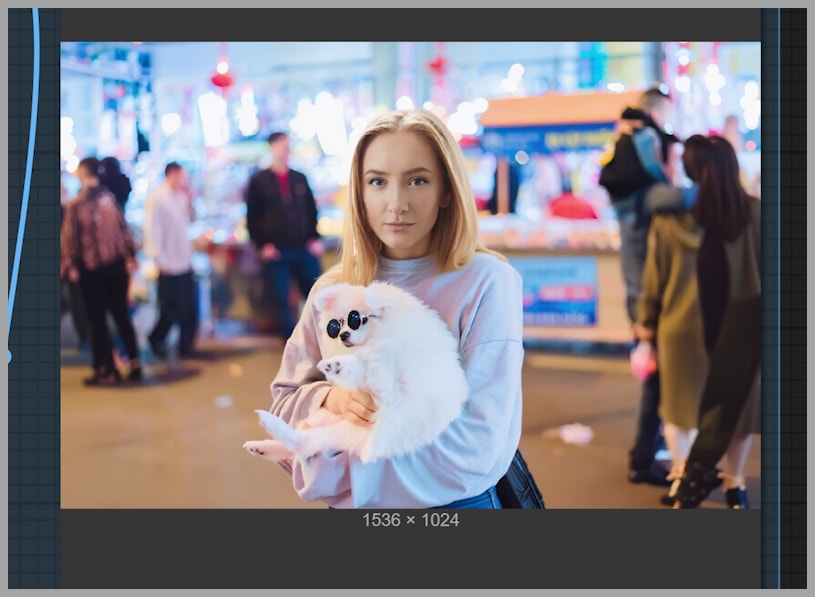
For Nano Banana, we need to use a more recent update of ComfyUI, as the tool integrates via an API. The process is slightly more involved, requiring a small fee for each generation.
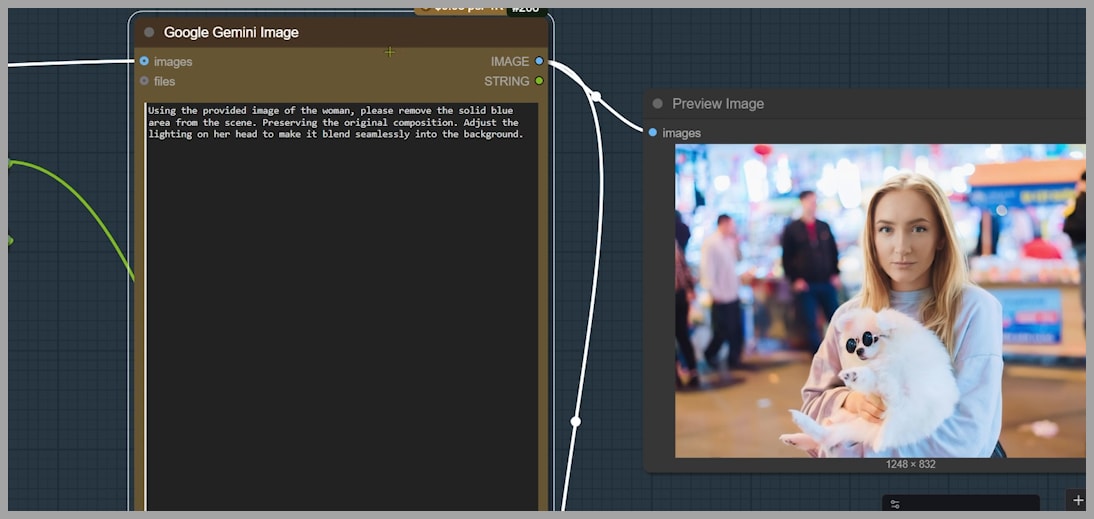
Comparing Qwen, Nano Banana, and Flux Kontext
Strengths of Flux Kontext in Head Swaps
Flux Kontext has proven to be one of the best tools for head swaps, and here’s why.
The standout feature of Flux Kontext is its ability to focus solely on the area being edited, which is the head in this case. The beauty of this is that the rest of the image, including the background and clothing, remains unchanged. This is incredibly important for preserving the natural look of the image and avoiding unwanted distortions in the composition.

Limitations of Qwen and Nano Banana
While Qwen and Nano Banana also offer head swap features, they do not handle the process as precisely as Flux Kontext. Both tools tend to cause changes outside the targeted area, such as shifts in the position of the subject, alterations in clothing, or even changes in the background.
For example, when we applied Qwen to the head swap, we noticed a significant shift in the overall composition. The woman’s position in the portrait changed, and even her clothing was affected. This can be frustrating when trying to maintain the integrity of the original image.

Similarly, Nano Banana, while keeping the head mostly intact, caused the woman’s position to change. Additionally, Nano Banana struggles with handling unusual aspect ratios. If the original image has a non-standard ratio, the output may not match, resulting in an imperfect final image.

Image Quality and Detail Preservation
When it comes to preserving image quality, Flux Kontext clearly stands out. The tool excels in maintaining sharpness and detail, especially when zooming in on intricate areas like clothing or skin texture. For instance, when comparing the output from Flux Kontext to that of Qwen or Nano Banana, it’s easy to see that Flux Kontext retains more detailed elements, ensuring the final image looks cleaner and more natural.
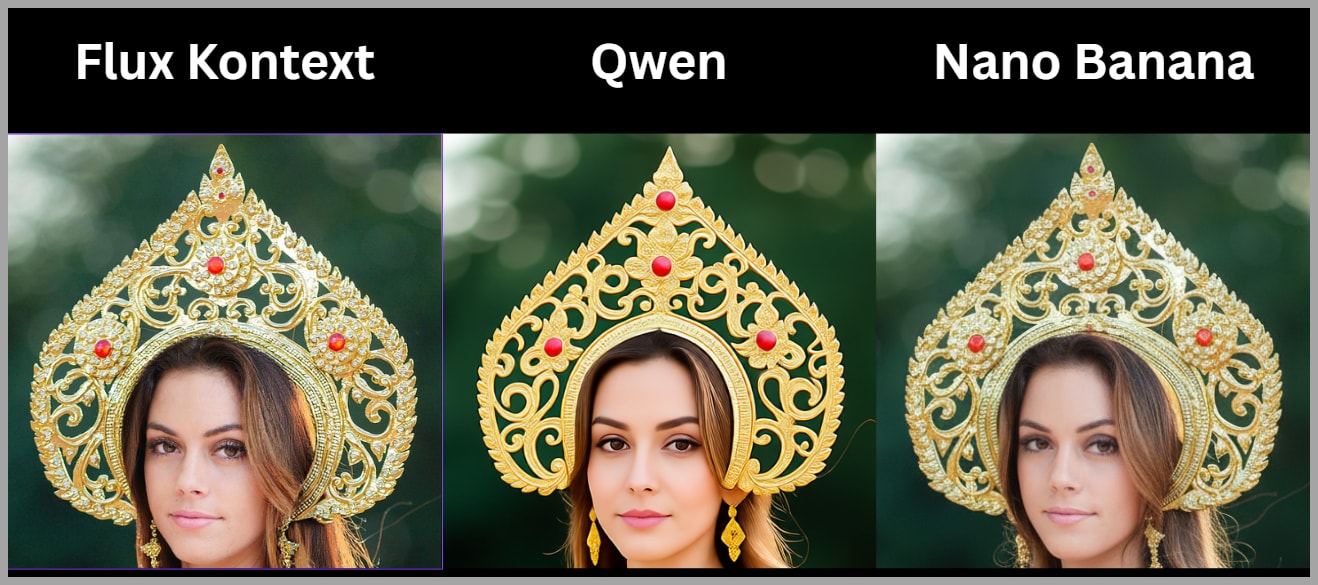
Zooming in on the details, Flux Kontext outperforms its counterparts, particularly in the preservation of fine textures, such as the fabric of the dress. On the other hand, Qwen and Nano Banana tend to produce less detailed images, with some areas looking overly smoothed out or blurry.
Image Size and Resolution Comparison
Another significant advantage of Flux Kontext is its ability to preserve the original image size. The input image size of 1280×1920 remained intact after processing with Flux Kontext. This is crucial for maintaining the resolution of the final image, especially for projects that require high-quality outputs.
In contrast, Nano Banana has limitations when it comes to output size. While it can generate images, its maximum resolution tends to fall short, often capping out around 1344px in width. This is a noticeable drawback if you’re working with large images or need high-resolution outputs.
The Open-Source Advantage of Flux Kontext
One final key point in favor of Flux Kontext is its open-source nature. The Flux Kontext Dev model is completely free to use, which gives it a significant edge over paid tools like Nano Banana. Open-source models not only reduce costs but also allow for greater customization and integration with other projects. If you’re looking for a reliable, cost-effective solution for head swaps, Flux Kontext is a great choice.
Conclusion
If you’re looking for a head swap solution that keeps things simple, precise, and of high quality, Flux Kontext is your best bet.
Now, maybe Nano Banana shines elsewhere – like editing several images at once? We’ll have to test that another time.


